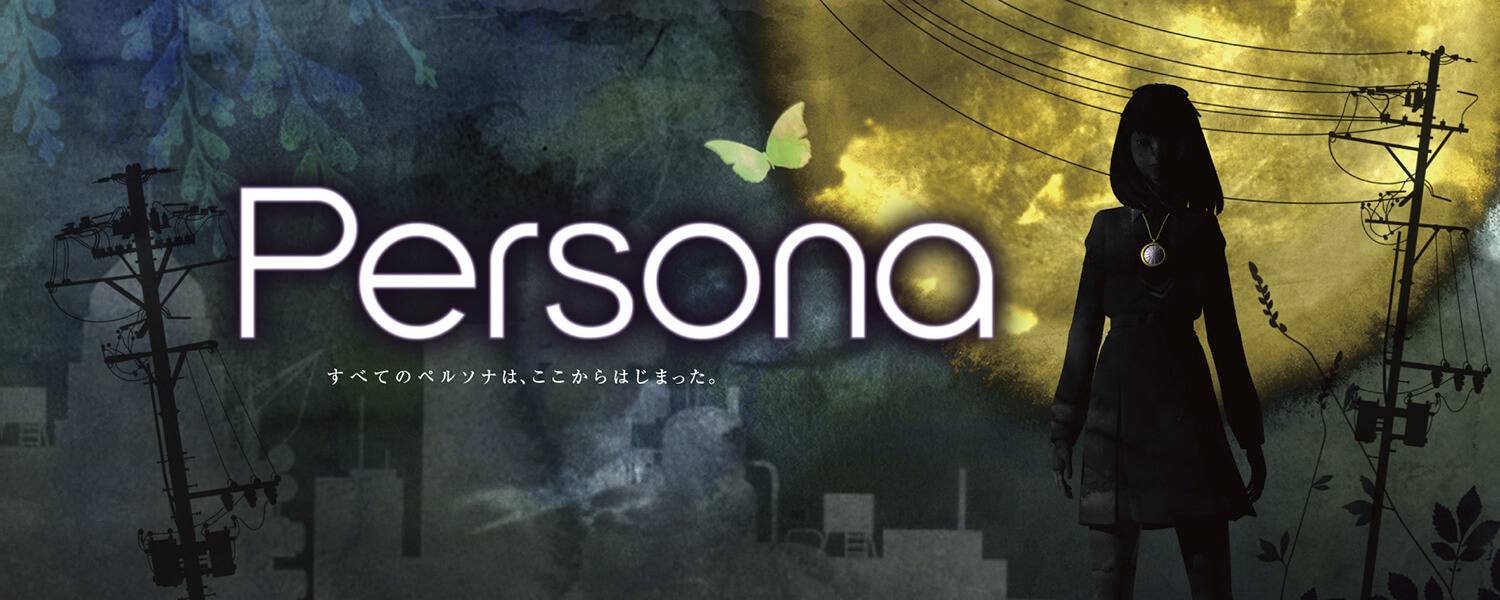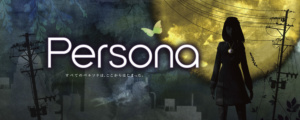Kweh-lcome to the Velvet Room…
Revelations: Persona marks the beginning of a set of very popular JRPGs, the Persona series. The Persona series is a spin-off from the main Megami Tensei (女神転生 roughly translated to Rebirth of the Goddess) series. Unlike the main MegaTen series, the Persona series became extremely popular since its third game. Yep, I too am a proud fan of Persona 3 and 4.
“Aria of the Soul” is the title of the above song. Since its debut in the first Persona game, it has become a staple and leitmotif for a certain event and place. It is also one of many contributions by Shoji Meguro, a composer known for crafting the soundtrack for many MegaTen games. Many people credit his rise to fame to composing the Persona 3 soundtrack. He blended pop vocal songs with electronic music for the game while keeping many other tracks appropriately creepy and dark.
Carl Jung Psychology
A lot of Persona‘s concepts come from Carl Jung’s psychological ideas. A persona refers to the social facet, or mask, an individual presents to the world. Underneath it lies the true nature of the person.
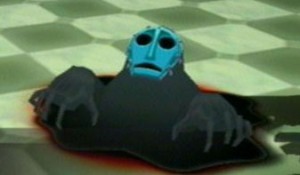
The concept of Shadows is also derived from Jungian psychology. A shadow is defined as the unconscious part of one’s personality or the collective unconscious. Jung implies that the shadow is the darker part of one’s personality. This concept is realized as the enemies fought throughout the Persona series. Though Shadow enemies are not present until the second game, a similar concept is present in the first Persona. Without spoiling much, suffice to say that there are several characters that embody the different aspects of one particular character’s personality. DUN DUN DUUNNN!!!
The Many References in Persona
The Persona series is known for having a myriad of references to Western and Asian cultures. From philosophies, mythologies, religions, to literary works. Let’s go over some of them.
Lovecraftian References
H. P. Lovecraft is a famous American horror/thriller novelist who lived in the late 1890s to the 1930s. Despite modern acknowledgement as a great author, Lovecraft never made much money from his literary works. He died a poor man after having spent all of his inheritance at the age of 46.
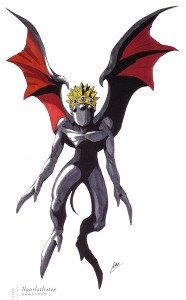
The creators of the Persona series love using H.P. Lovecraft’s fantastical creatures. Nyarlathotep, one of the Outer Gods in Lovecraftian work, is featured as a Persona in the first game. It also has a fairly big contribution to the story.
Another one from the Lovecraftian’s monster sheet is a demon named Yog Sothoth Jr. which may suggest that it is the offspring of Yog-Sothoth. You know, little tiny godling? Lovecraftian’s Yog-Sothoth is said to appear as a group of glowing spheres and has unimaginable powers.
There are many more Lovecraftian creatures spread throughout the MegaTen series. Let’s just say that some are more benevolent than others.
Hindu/Buddhism References
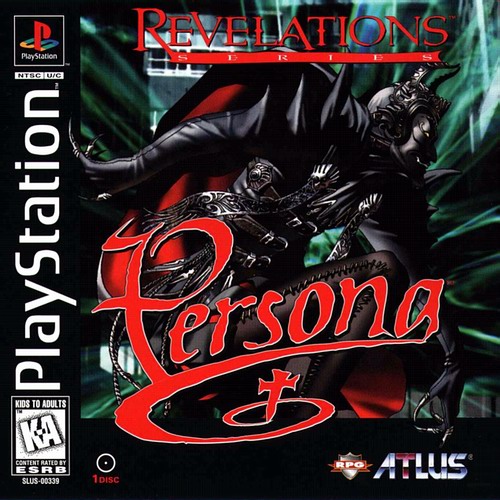
The first game draws a lot of references from Hindu and Buddhist mythologies. From the man-made DEVA System that can alter space and matter, to the Persona featured on the cover of the 1996’s US edition.
DEVA System (Dimensional Variable Accelerator or DVA in the Japanese version) is a powerful piece of technology developed by the bad guys. Its name comes from the Sanskrit word “deva,” which means higher, enlightened, or godly being. Very appropriate considering that altering space and matter is a god-like power.
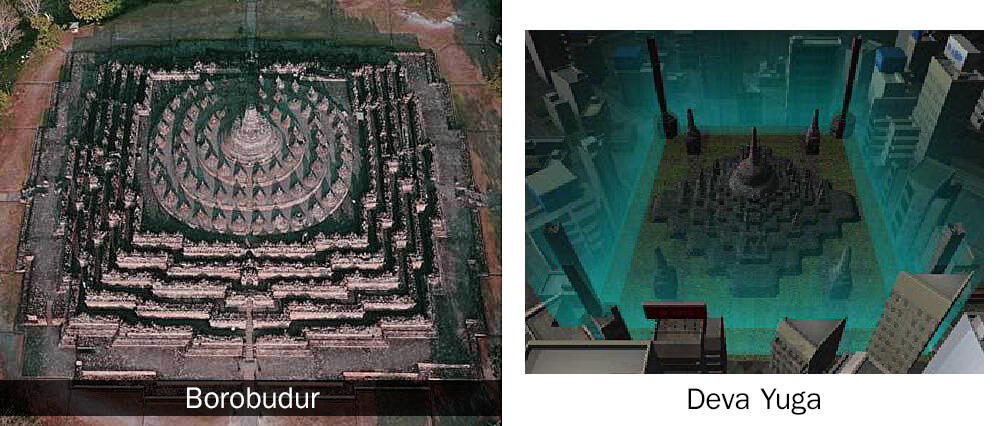
Speaking of deva, here is something that I find really cool. There is a place in the game called Deva Yuga that appears towards the end. Looking at the comparison picture above, you can see the similarities between Deva Yuga and the real world Borobudur monument located in Central Java, Indonesia.
Going back to the cover, the figure featured on the PlayStation cover is a Persona based on Hindu mythos. Its Japanese name is Vishnu, based on one of the three supreme gods in Hinduism. Vishnu is a compassionate deity who is always associated with good deeds. In the American translation the name is changed to Ashura, most probably based on the Asura, a group of demigods or supernatural beings that compete with the devas for power.
We will be back next week for another #ThrowbackThursday! This time it is a medieval fantasy anime with a dragon-like robot. Can you guess what it is?
Sources: Megami Tensei Wikia, Revelations: Persona Wikipedia, and TV Tropes.

Featured Sponsor - JAST
The sweetest romance and the darkest corruption, the biggest titles and the indie darlings; for visual novels and eroge, there's nowhere better.
Big thank you to our supporters
From their continous support, we are able to pay our team for their time and hard work on the site.
We have a Thank-You page dedicated to those who help us continue the work that we’ve been doing.
See our thank you page